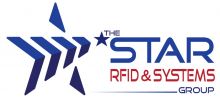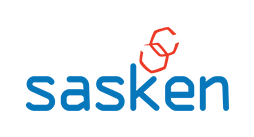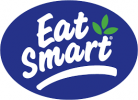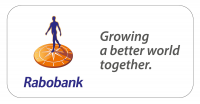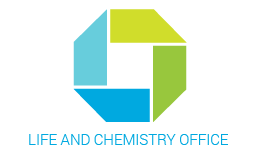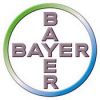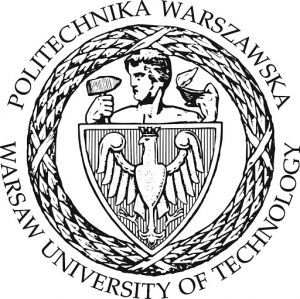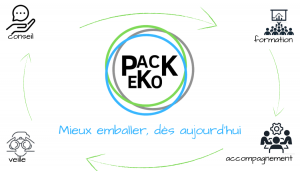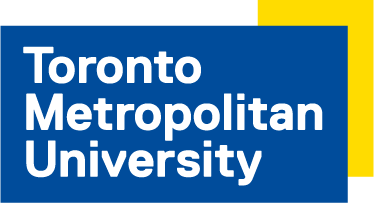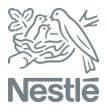Accessible QRs win big at PAC Global Awards 2025, plus NAVILENS on US laundry packs | 17-02-2025 |

At a ceremony in New York in early February, the PAC Global Awards 2025 recognised the very best in packaging innovation. Zappar and its partners walked away with three major wins due to their use of its Zapvision technology and Accessible QR codes (AQR). The company says these awards are a testament to the transformative power of AQRs and what happens when brands take bold steps towards inclusive packaging design.
In 1950, PAC Global was formed as a corporation to foster a community where companies from across the packaging value chain could safely come together to collaborate, innovate, and educate. Today it was a worldwide network of over 2,500 members, 25,000+ LinkedIn executive connections and 7,000+ corporate page followers. The PAC Global Awards were first held in 1952.
This year, AQRs were celebrated for inclusive design with three awards: Best in Show: Unilever’s monumental rollout of AQRs across 4.5 billion of products globally; Best in Class: Bayer’s adoption of AQRs on Canescool and Berocca Gummies; and Best in Class: Diagio’s Ketel One use of AQRs on its ready-to-drink Cosmopolitan and Espresso Martini cocktails.
Unilever’s commitment to making packaging more inclusive was the highlight of the evening. With 4.5 billion packs now carrying AQRs across 35 brands in 25 markets?, Unilever has set a new industry standard. Their vision of making every product ‘Unmissable for Everyone’ has not only resonated with consumers but also demonstrated the power of technology to create meaningful change, said the citatiion.
For Bayer, integrating AQRs on healthcare packaging was about safety as much as accessibility. First launched to the UK market in late 2023, the Canescool and Berocca products were a first in the self-care space, providing clear, structured information on dosage, allergens, and side effects in a format accessible to users who are blind or have low vision.
Meanwhile, Diageo’s Ketel One became the first spirits brand to embrace AQRs, ensuring their premium cocktails are as inclusive as they are indulgent. It was fantastic to see the spirits industry take a leading role in the accessibility conversation—because whether you’re washing with Persil, buying Berocca or a bottle of Espresso Martini, everyone deserves equal access to product information, according to Zappar.
“To witness Accessible QR codes making such an impact across multiple industries was very humbling,” said Caspar Thykier .co-founder & CEO, Zappar. “These wins wouldn’t have been possible without the vision and leadership of our partners at Unilever, Bayer, and Diageo, as well as the unwavering support of RNIB, and the incredible apps from Be My Eyes, Envision, and Microsoft Seeing AI already downloaded and being used by so many in the community around the world on a daily basis—who continue to help drive this movement forward,” he added.
But this is just the beginning. If a brand is already using QR codes, why wouldn’t it make them accessible for people who are blind or have low vision, asks Zappar? The recognition from PAC Global affirms the belief that accessibility in product design should be the norm, not the exception.
In another development with QR codes for those with low vision and blindness, All Free Clear has becomes first laundry brand in the USA to introduce NaviLens technology on its packaging. They will be incorporated on MIGHTY PACS Original tubs and pouches. With more than 7 million Americans living with low vision, it is estimated, the brand recognizes the strong need for resources that provide greater independence and access during their day-to-day experiences, it says.




